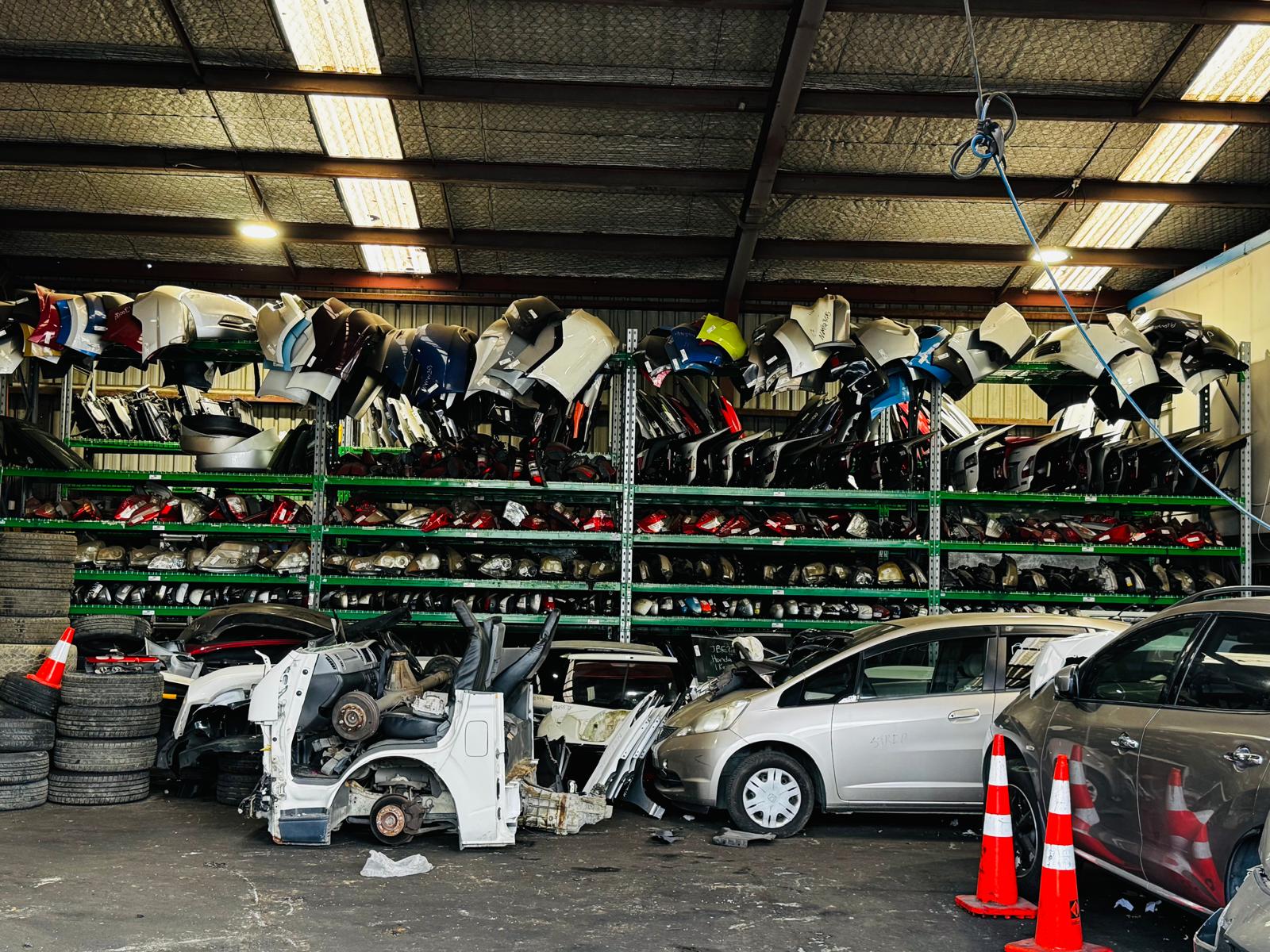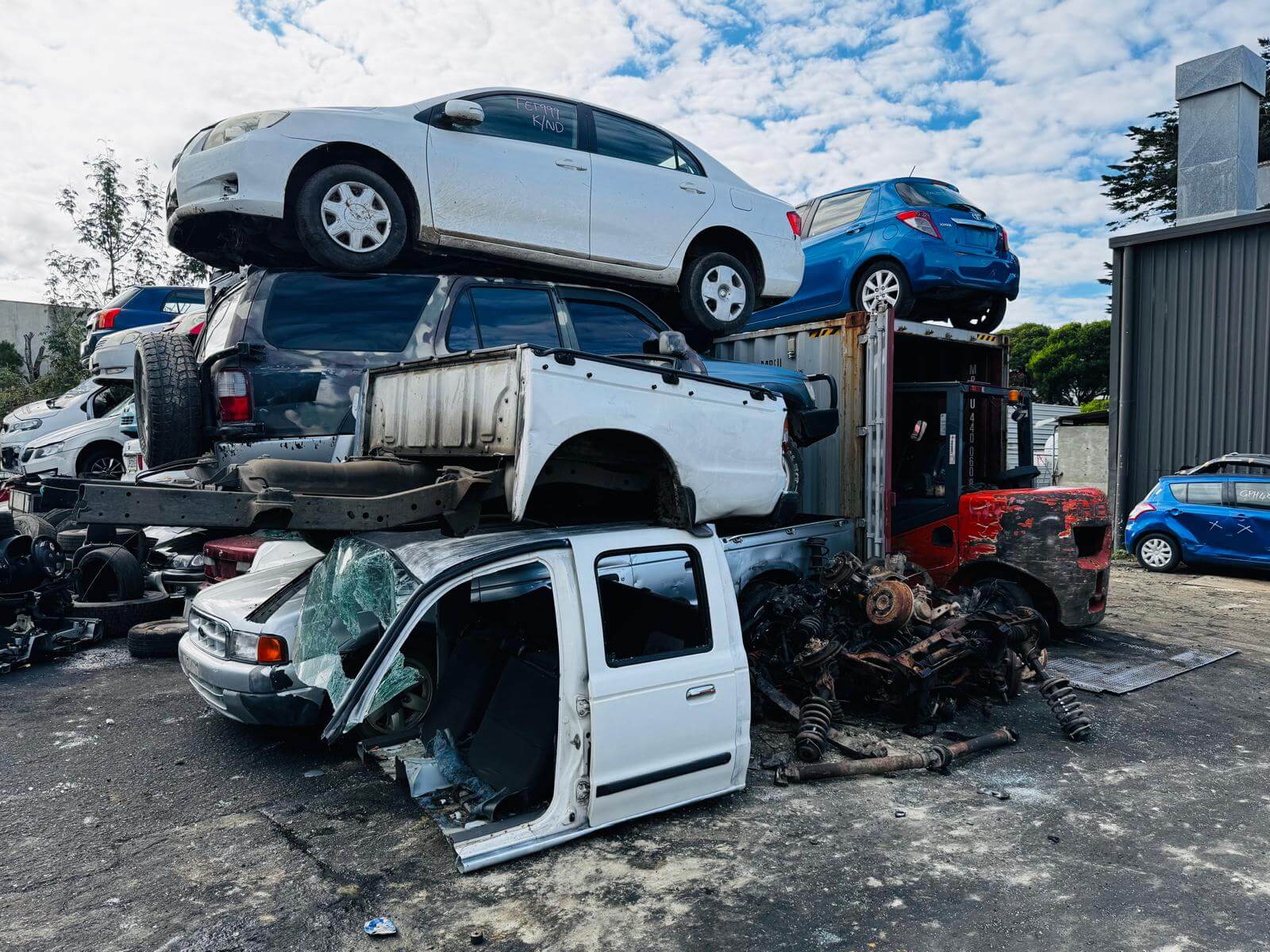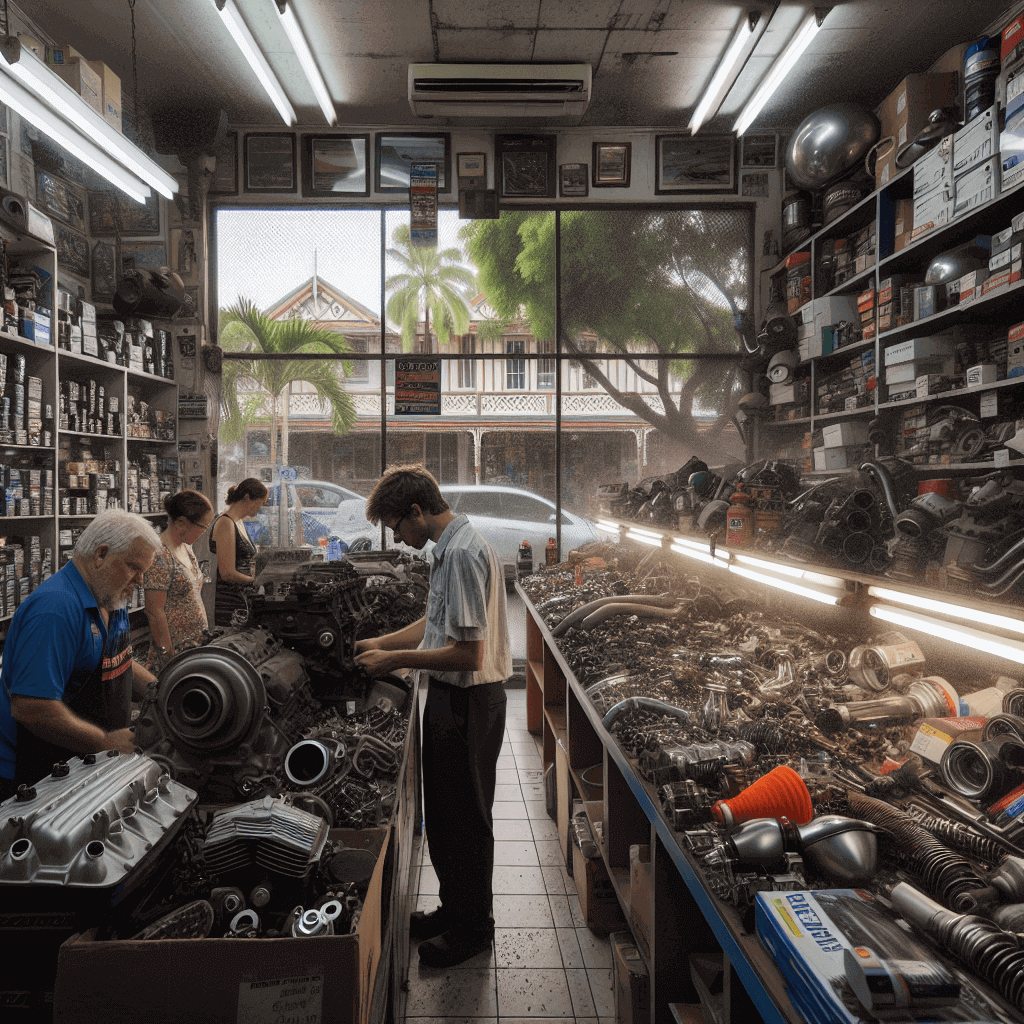Selling a Deregistered Vehicle: What You Need to Know

Key Takeaways
- Deregistered means scrapped, permanently exported, or admin‑cancelled by DVLA
- Scrapped vehicles can only be sold for parts or scrap
- Failed‑sale deregistration may allow re‑registration under a new number
- Notify DVLA of any sale, giving buyer’s name and address
- Disclose roadworthiness or “for parts only” status in writing
- Keep copies of V5C, bill of sale, or Certificate of Destruction
- Protect yourself: never share sensitive log‑book numbers
Selling a Deregistered Vehicle
When a vehicle is deregistered in the UK, its record at the Driver and Vehicle Licensing Agency (DVLA) is closed. That means the car can’t legally drive on public roads. You might still sell it—for scrap, parts, or export—but there are special rules to follow. This guide explains each step in simple terms, drawing on expert experience to keep you safe and legal.
Understand What “Deregistered” Means
A vehicle becomes deregistered when one of these happens:
- Scrapped at an Authorised Treatment Facility (ATF). You get a Certificate of Destruction (CoD), and DVLA closes the record.
- Permanently exported, so it leaves the UK forever.
- Registration cancelled after a failed sale or admin mistake.
If scrapped, the car can’t return to the road. If it’s admin‑cancelled, you may be able to re‑register later under a new plate.
Selling a Scrapped or “For Parts” Car
When your car has a CoD, you can only sell it for scrap or parts. You must:
- State “for parts only” in any ad or bill of sale.
- Transfer CoD to the buyer if they need proof.
- Keep a copy of the CoD and bill of sale for your records.
This protects you from liability if someone tries to rebuild and drive the vehicle illegally.
Selling a Vehicle Deregistered by Admin Error
If deregistration came from a failed sale or paperwork mistake, the plate is withdrawn but the car still exists. You can:
- Re‑register under a new number once DVLA clears the error.
- Sell with “deregistered” noted, but include the V5C bill of sale section.
- Advise buyer on re‑registration steps, such as submitting a new V55/5 form.
Expert tip: I once helped re‑register a friend’s car after an admin glitch—DVLA processed it in two weeks with correct forms.
Legal and Administrative Steps
Whether for parts or potential re‑registration, you must:
- Notify DVLA using the V5C form: fill in the buyer’s name & address and send the yellow slip.
- Declare roadworthiness: if unroadworthy, clearly state “not for road use.”
- Exporting: complete the “permanent export” section on V5C and return it to DVLA.
Failing to inform DVLA can lead to fines or liability if the vehicle is misused.
Documentation You Need
Always provide:
- V5C log book or a clear bill of sale if V5C is unavailable
- Certificate of Destruction (for scrapped cars)
- Copy of any forms you send to DVLA
Keep photocopies or scans for at least one year. This paper trail protects you if disputes arise.
Protect Yourself from Fraud
Never share full log‑book reference numbers or personal details beyond buyer name and address. To stay safe:
- Block out sensitive codes on any ad photos.
- Verify buyer identity before handing over paperwork.
- Use a written bill of sale with signatures and date.
These steps stop someone from cloning your plate or committing fraud in your name.
Related Services
- Sell your car quickly: Sell Your Car Easily in Brisbane
- Scrap or parts removal: Junk Car Removal Services
- Local experts: Best Car Wreckers Coopers Plains
- Forrestdale options: Car Wreckers Forrestdale
- General info: Cars Wreckers Home
Frequently Asked Questions
A: You need the V5C or a bill of sale; if scrapped, include the Certificate of Destruction.
Q: How do I notify the DVLA that my vehicle has been sold?
A: Complete the V5C “new keeper” section with buyer details and send the yellow slip to DVLA.
Q: What are the legal requirements for selling a deregistered vehicle?
A: You must disclose roadworthiness, provide correct paperwork, and notify DVLA.
Q: Can I sell a deregistered vehicle to anyone?
A: Yes—but it must be clear if it’s “for parts only.” Buyers cannot drive it on public roads.
Q: What happens if I sell without notifying the DVLA?
A: You remain responsible for the vehicle; fines or legal issues can follow if it’s misused.





